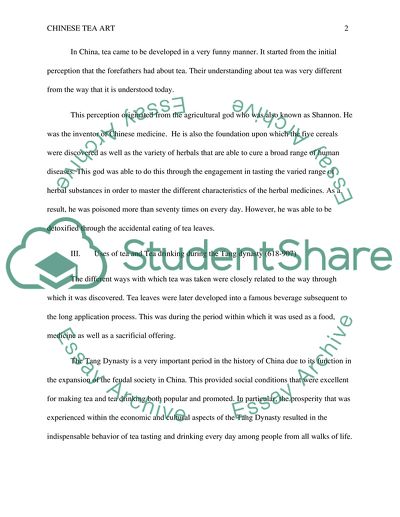Cite this document
(“Chinese tea art from the Tang dynasty until recent times Essay”, n.d.)
Chinese tea art from the Tang dynasty until recent times Essay. Retrieved from https://studentshare.org/visual-arts-film-studies/1647812-chinese-tea-art-from-the-tang-dynasty-until-recent-times
Chinese tea art from the Tang dynasty until recent times Essay. Retrieved from https://studentshare.org/visual-arts-film-studies/1647812-chinese-tea-art-from-the-tang-dynasty-until-recent-times
(Chinese Tea Art from the Tang Dynasty until Recent Times Essay)
Chinese Tea Art from the Tang Dynasty until Recent Times Essay. https://studentshare.org/visual-arts-film-studies/1647812-chinese-tea-art-from-the-tang-dynasty-until-recent-times.
Chinese Tea Art from the Tang Dynasty until Recent Times Essay. https://studentshare.org/visual-arts-film-studies/1647812-chinese-tea-art-from-the-tang-dynasty-until-recent-times.
“Chinese Tea Art from the Tang Dynasty until Recent Times Essay”, n.d. https://studentshare.org/visual-arts-film-studies/1647812-chinese-tea-art-from-the-tang-dynasty-until-recent-times.


